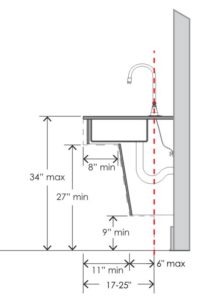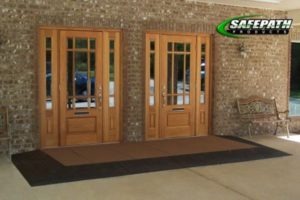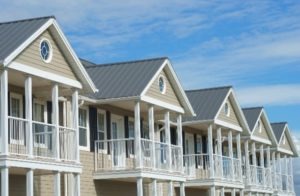- April 24, 2022
- 2 Comments
- In Accessible Design and Construction
- By Peter Stratton
This blog post was originally published on March 23, 2020. It was updated on April 24, 2022 to provide the latest, most accurate information on HUD-approved safe harbors for FHA compliance.
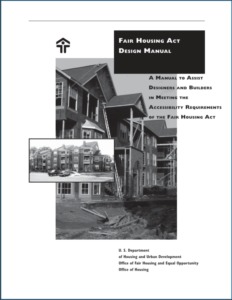 Compliance with the accessible design and construction requirements of the Fair Housing Act (FHA), a federal civil rights law, has significantly improved since the early 1990s when the regulations were promulgated. Unfortunately, a quick search of recent news articles will reveal that noncompliance with basic FHA requirements continues to be a problem in newly constructed multifamily projects nationwide. Owners, developers, architects, and others are still cited for noncompliance with the FHA’s seven design and construction requirements even though it has been more than 30 years since those requirements went into effect.
Compliance with the accessible design and construction requirements of the Fair Housing Act (FHA), a federal civil rights law, has significantly improved since the early 1990s when the regulations were promulgated. Unfortunately, a quick search of recent news articles will reveal that noncompliance with basic FHA requirements continues to be a problem in newly constructed multifamily projects nationwide. Owners, developers, architects, and others are still cited for noncompliance with the FHA’s seven design and construction requirements even though it has been more than 30 years since those requirements went into effect.
Based on our experience, one of the contributing factors in continued noncompliance is the common misconception that following the accessibility requirements of a building code will result in compliance with the FHA. It is important to note that if the accessibility requirements of one of the HUD-approved safe harbors are not incorporated into the design of a multifamily development, and the project complies only with the accessibility requirements of a building code, the risk of noncompliance exists. (more…)

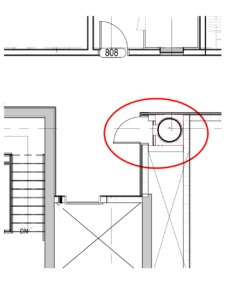 The image on the left depicts a trash chute closet (circled in red) in a
The image on the left depicts a trash chute closet (circled in red) in a 